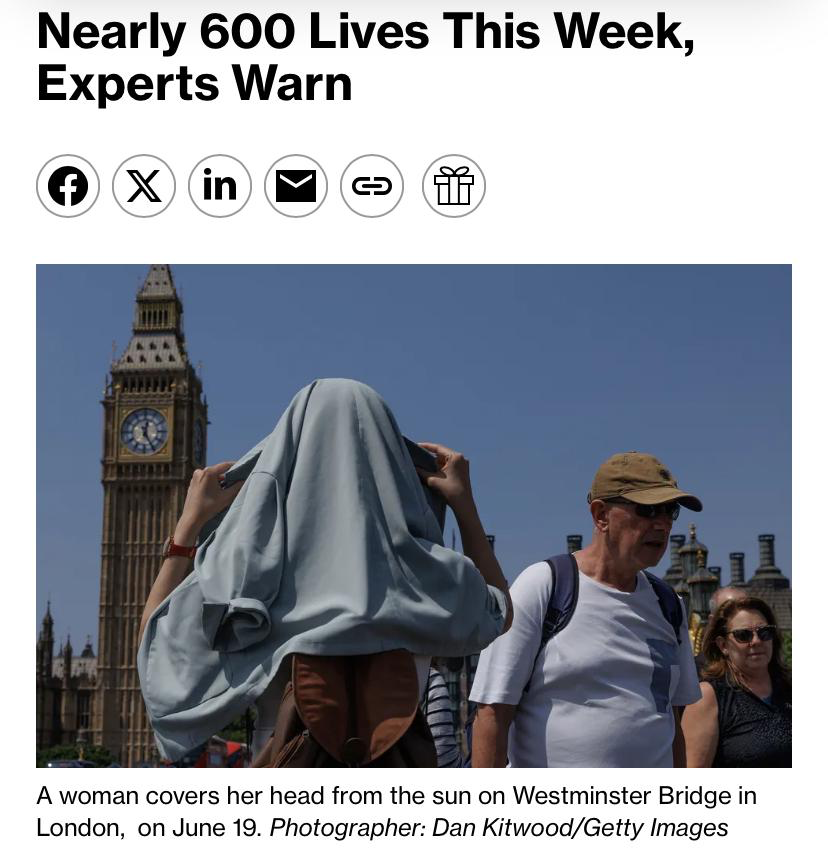Gays at Independence square , Target Follows Walmart in Testing Digital Locks on Store Shelves.
News Analysis
#visual Storytelling #UniMaC-ift #IVS2025
Headline: Gays at Independence square
Source :Daily Guide Network
1. Does the image accurately represent the headline’s message?
Yes.
The image shows two men, visibly affectionate and romantically involved, standing at a location marked by the Black Star Gate (Ghana’s Independence Square). It visually affirms the headline, both in terms of sexual identity and location.
2. What emotions does the image evoke? (Urgency, sympathy, controversy?)
Controversy and pride.
Depending on the viewer’s context, the image may evoke pride, joy, or controversy—especially given the cultural and legal climate in certain regions regarding LGBTQ+ rights. Their joyful expressions and intimate pose might inspire empowerment for some and outrage for others.
3. Is the image manipulated or biased? (Does it frame the story in a particular way?)
Somewhat.
The image itself isn’t manipulated, but the headline uses minimal context, which could be seen as provocative or reductive. It risks framing the individuals as a symbol or spectacle rather than focusing on a personal or political story.
4. How does composition affect storytelling? (Framing, lighting, focus)
Strong storytelling.
The lighting is natural and warm, capturing genuine emotion. The framing places the couple front and center, making their relationship and location equally significant. The Black Star Gate in the background links identity with national symbolism.
5. Does the image add depth to the story or simply reinforce the headline?
Adds depth.
It brings a personal and human face to the headline. Without it, the headline might feel vague or sensational; the image adds context and emotion.
6. Would a different image change the reader’s perception of the news?
Yes.
A different image—say, one without public affection or without Independence Square—could neutralize the emotional or political weight. The chosen image amplifies the intersection of identity, love, and national space.
7. How does the image compare to others covering the same story?
More impactful.
Compared to more symbolic or abstract LGBTQ+ imagery, this is bold, direct, and highly personal. It likely stirs stronger emotional or ideological responses than typical crowd shots or rainbow flags.
8. Is the image culturally or politically significant? (Does it reflect societal biases?)
Yes. Very much so.
In many parts of the world, especially in conservative or post-colonial contexts like Ghana, LGBTQ+ visibility is a major political issue. This image challenges traditional norms and is culturally provocative, especially being set at a national monument.
News Analysis Two
Headline: Target Follows Walmart in Testing Digital Locks on store shelves
Source:Bloomberg News
#visual Storytelling #UniMaC-ift #IVS2025
1. Does the image accurately represent the headline’s message?
Partially.
The image clearly shows a Target storefront, which establishes the setting. However, it does not directly depict the digital locks or any specific changes related to shelf security. It lacks visual evidence of the headline’s main subject.
2. What emotions does the image evoke? (Urgency, sympathy, controversy?)
Neutral to positive.
The bright lighting, open layout, and presence of families evoke a normal shopping experience—not urgency or controversy. This may contrast with the headline, which suggests a reaction to theft or security concerns.
3. Is the image manipulated or biased? (Does it frame the story in a particular way?)
Not obviously.
There’s no visible manipulation. However, showing a clean, busy Target store might downplay the seriousness implied in the headline about increased security measures.
4. How does composition affect storytelling? (Framing, lighting, focus)
Welcoming and structured.
The image is symmetrically framed, well-lit, and sharp. The escalator and shoppers draw your eyes inward. This composition emphasizes normalcy, not the underlying issue (e.g., theft or security) the headline addresses.
5. Does the image add depth to the story or simply reinforce the headline?
It reinforces the setting but not the story.
While it establishes that it’s about Target, it fails to illustrate what Target is doing (testing digital locks), thereby lacking depth.
6. Would a different image change the reader’s perception of the news?
Yes.
An image showing locked shelves, product security, or customer reactions would directly connect to the headline and emphasize the seriousness or implications of the action.
7. How does the image compare to others covering the same story?
Less informative.
Other outlets might use images of locked merchandise or security equipment. Compared to those, this image seems generic and less reflective of the article’s theme.
8. Is the image culturally or politically significant? (Societal biases?)
Possibly, but not strongly.
The story itself touches on retail theft—a topic linked to broader social issues—but this image doesn’t engage with those themes. There is no cultural or political context visible here.
By : Franklina Ansah




Good images used
ReplyDeleteGood story but no source
ReplyDelete